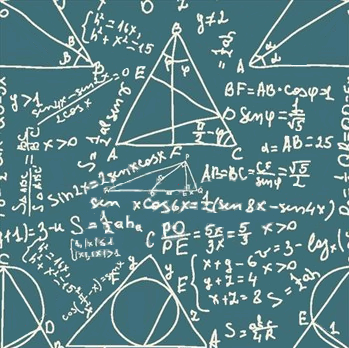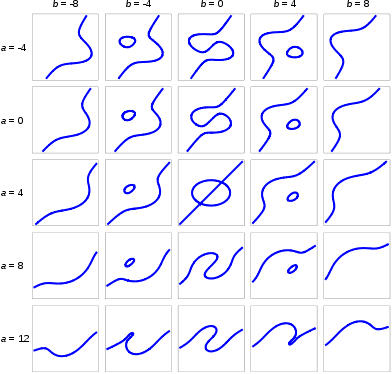As unschoolers and members of a loose affiliation of home and unschool educators, we keep a year round schedule. Sometimes though, the changing season begs to be marked and celebrated.
Are you celebrating or changing your learning activities in any particular way for summer?
For Vine Preparatory Academy this summer is all about that beach- every Wednesday. Nature is calming, comforting and intrinsically educational for the kids. Our cohort offers weekly activities year round, but they will have to fit in around those beach trips. Well, and weekly gaming days too- no Vine Prepper is going to let game day go by the wayside, and you can take that to the bank.
So. Beach and game day weekly, all other activities optional.
A relaxed schedule gives Vine Preparatory Academy time to work through two key strategic and tactical thought and implementation processes.
It’s actually all about that STEAM, right? Science, Technology…
View original post 642 more words













